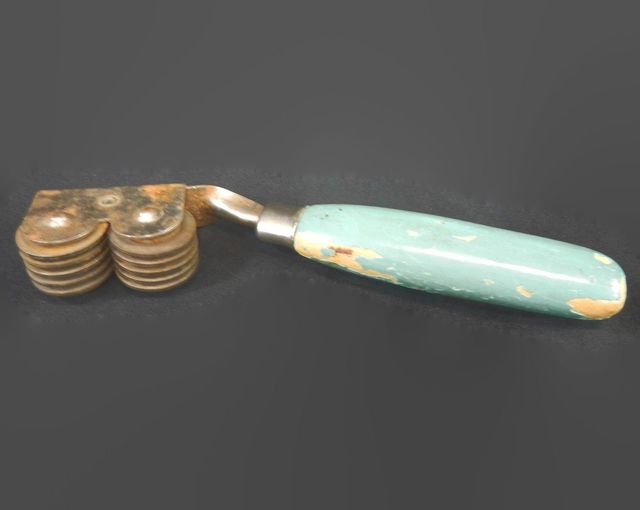History of Vintage Knife Sharpeners
The art of knife sharpening dates back thousands of years, evolving in tandem with the development of blades. Early humans used natural stones to maintain the sharpness of their tools. As civilizations advanced, so did their sharpening techniques. In ancient Egypt, Greece, and Rome, artisans crafted rudimentary sharpening devices using a combination of stone and metal. The medieval period saw the emergence of more sophisticated sharpening tools, including whetstones and honing rods made from harder materials like novaculite.
The industrial revolution of the 18th and 19th centuries brought significant advancements in knife sharpener design. Mechanized sharpeners emerged, incorporating rotating wheels and grinding stones powered by foot pedals or steam engines. By the late 19th and early 20th centuries, mass production techniques allowed for the widespread availability of affordable, efficient sharpeners. Brands like Carborundum and E.C. Simmons Keen Kutter became household names, producing sharpeners that were not only functional but also aesthetically pleasing, often adorned with intricate designs and craftsmanship.
